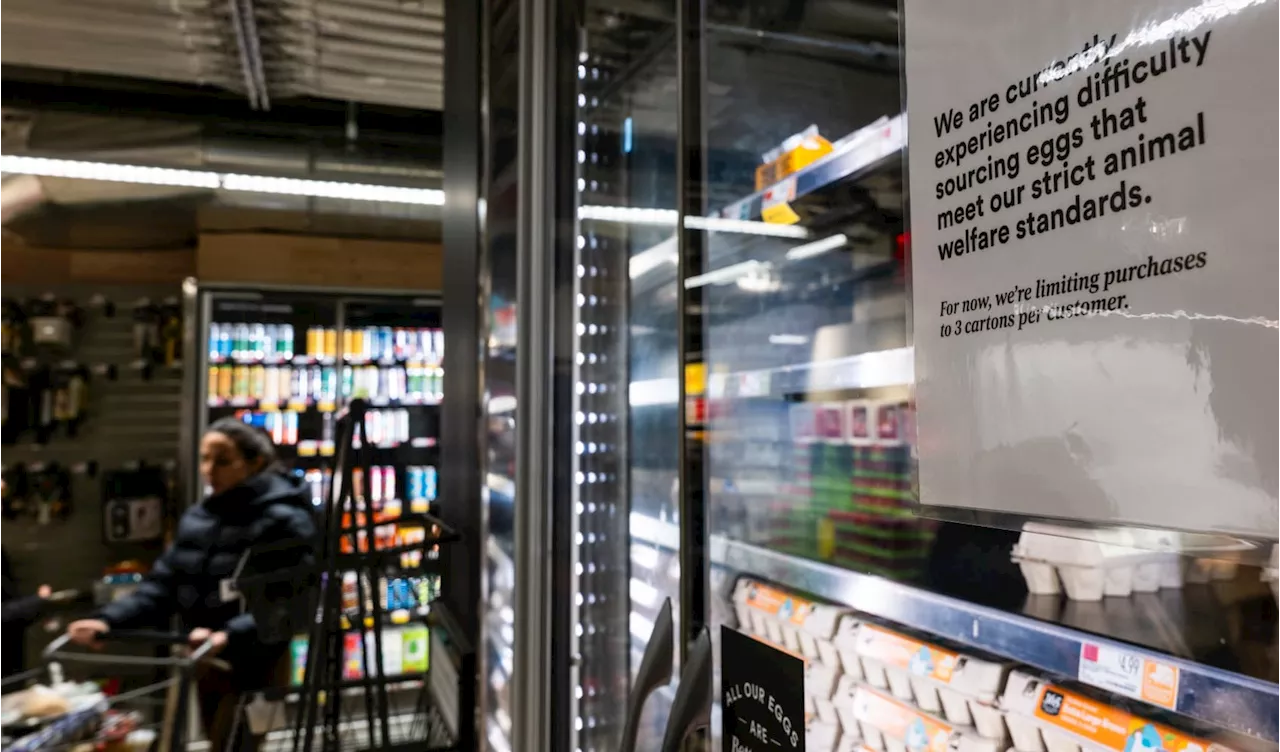A recent inflation report has prompted market expectations to shift, pushing back the anticipated Federal Reserve interest rate cuts until at least September, and possibly even later in the year. The report showed a hotter-than-expected rise in inflation, raising concerns among economists and investors alike. Federal Reserve Chair Jerome Powell acknowledged the progress made in curbing inflation but emphasized the need for continued vigilance and restrictive monetary policy.
A Fed eral Reserve interest rate cut won't be coming until at least September, if at all this year, following a troubling inflation report Wednesday. Futures markets shifted from the expectation of a June cut and possibly another before the end of the year to no moves until the fall, with a minimal chance of a follow-up before the end of 2025.
The Fed will see January's hot inflation print as confirmation that price pressures continue to bubble beneath the economy's surface, Bill Adams, chief economist at Comerica, wrote in commentary that echoed others around Wall Street. 'That will reinforce the Fed's inclination to at least slow and possibly even end rate cuts in 2025.' The report showed a 0.5% monthly gain, pushing the annual inflation rate to 3%, a touch higher than December and only slightly lower than the 3.1% reading in January 2024. Excluding food and energy, the news was even worse, with a 3.3% rate that showed core inflation, which the Fed tends to rely on more, also rising and holding well above the central bank's goal. Federal Reserve Chair Jerome Powell, in an appearance Wednesday before the House Financial Services Committee, insisted the Fed had made 'great progress' on inflation from its cycle peak 'but we're not quite there yet.' So we want to keep policy restrictive for now.' As the Fed targets 2% inflation and the report showed no recent progress, it also dimmed hopes that the central bank will view further policy easing as appropriate after it lopped a full percentage point off its benchmark short-term borrowing rate in 2024.Fed funds futures trading pointed to just a 2.5% chance of a March cut; only 13.2% in May, up to 22.8% in June, then 41.2% in July and finally up to 55.9% in September, according to the gauge as of late Wednesday morning. However, that would leave the probability still up in the air until October, when futures contracts pricing implies a 62.1% probability. Odds of a second cut by the end of 2025 were at just 31.3%, with pricing not indicating another reduction until late 2026. The fed funds rate is currently targeted in a range between 4.25%-4.5%. The issues raised in the CPI report are not happening in isolation. Policymakers also are watching White House trade policy, with President Donald Trump There is no getting away from the fact that this is a hot report and with the sense that potential tariffs run upside risk for inflation the market is understandably of the view the Federal Reserve is going to find it challenging to justify rate cuts in the near future,' said James Knightley, chief international economist at ING. While the Fed pays attention to CPI and other similar price measures, its preferred inflation gauge is the personal consumption expenditures index, which the Bureau of Economic Analysis will release later in February. Elements from CPI filter into the PCE reading, and Citigroup said it expects to see core PCE fall to 2.6% for January, a 0.2 percentage point decline from December. Consumer price report Wednesday expected to show inflation isn't going away.
FED Interest Rate Inflation CPI Rate Cut Market Expectations Federal Reserve Chair Jerome Powell
United States Latest News, United States Headlines
Similar News:You can also read news stories similar to this one that we have collected from other news sources.
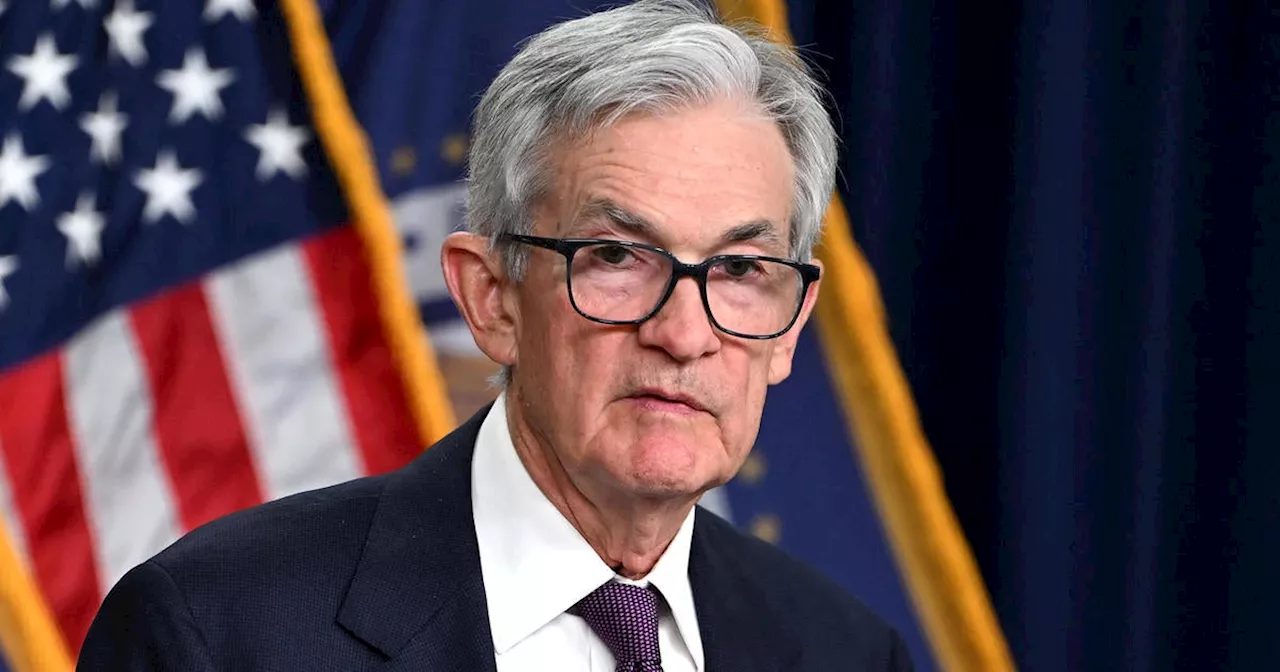 Federal Reserve Pauses Rate Cuts Amid Persistent InflationThe Federal Reserve has decided to hold interest rates steady, putting a pause on the recent string of rate reductions aimed at stimulating the economy. This decision reflects the ongoing challenge of managing inflation, which remains stubbornly close to 3% despite previous rate cuts.
Federal Reserve Pauses Rate Cuts Amid Persistent InflationThe Federal Reserve has decided to hold interest rates steady, putting a pause on the recent string of rate reductions aimed at stimulating the economy. This decision reflects the ongoing challenge of managing inflation, which remains stubbornly close to 3% despite previous rate cuts.
Read more »
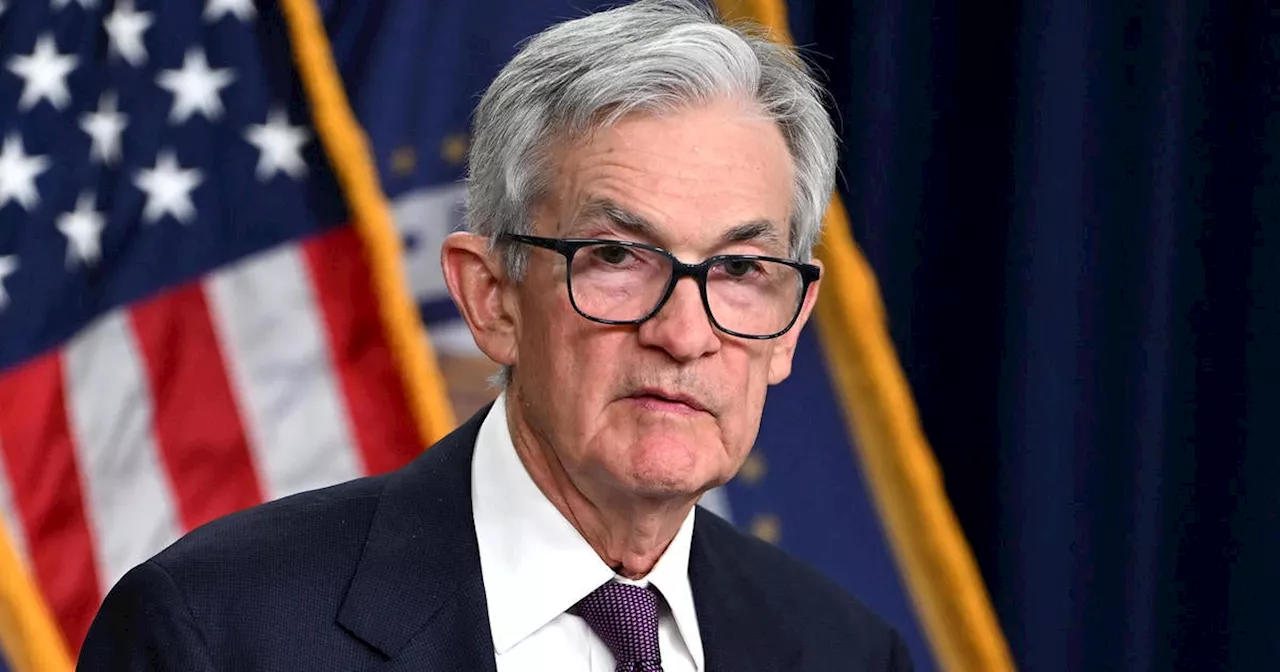 Federal Reserve holds interest rates steady as inflation remains above 2%The Federal Reserve opted to leave its benchmark interest rate unchanged in its first policy meeting since President Trump's inauguration.
Federal Reserve holds interest rates steady as inflation remains above 2%The Federal Reserve opted to leave its benchmark interest rate unchanged in its first policy meeting since President Trump's inauguration.
Read more »
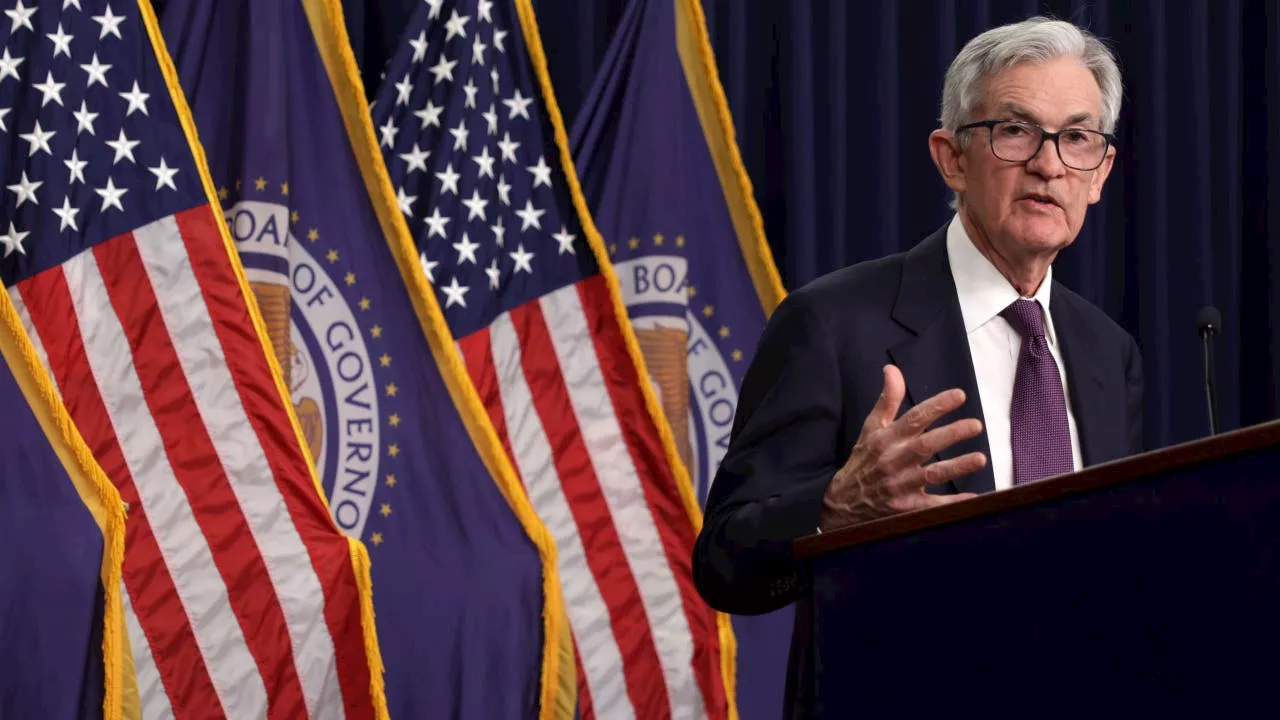 Federal Reserve Holds Interest Rate Steady as Inflation PersistsThe Federal Reserve decided to keep its benchmark interest rate unchanged after its January meeting, marking a pause in the series of rate cuts implemented in 2024. This decision reflects the Fed's ongoing efforts to manage inflation, which remains above its 2% target despite recent declines.
Federal Reserve Holds Interest Rate Steady as Inflation PersistsThe Federal Reserve decided to keep its benchmark interest rate unchanged after its January meeting, marking a pause in the series of rate cuts implemented in 2024. This decision reflects the Fed's ongoing efforts to manage inflation, which remains above its 2% target despite recent declines.
Read more »
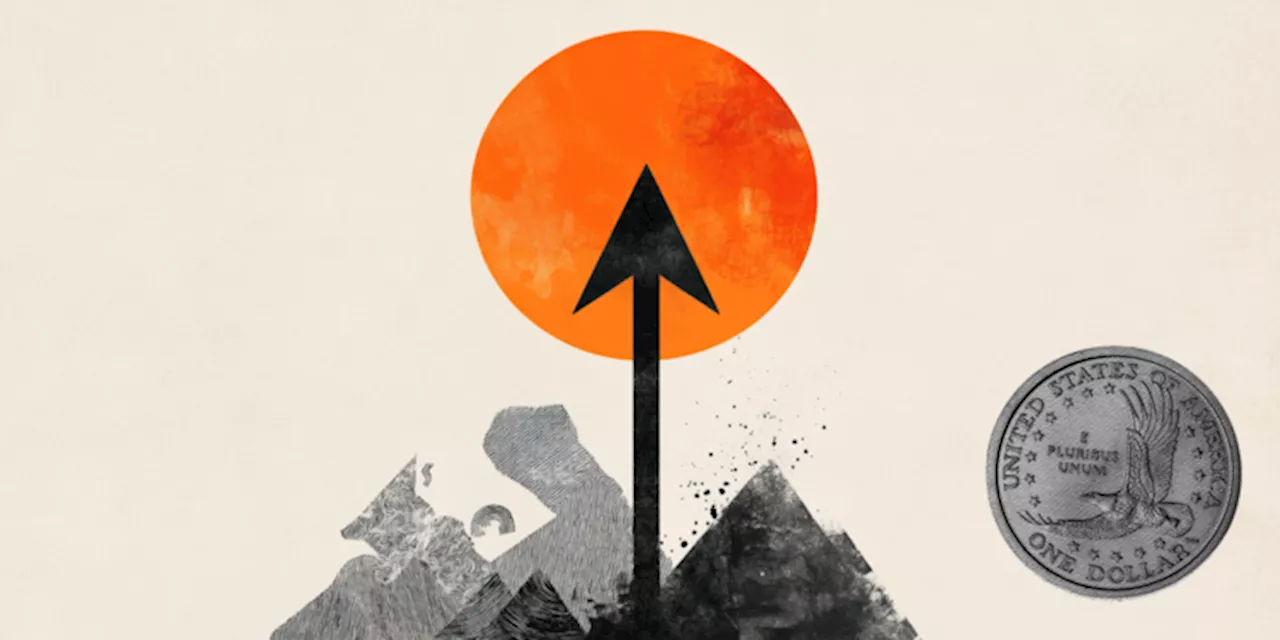 Federal Reserve Leaves Rates Unchanged, Signals Cautious Stance on InflationThe Federal Reserve maintained the benchmark interest rate at 4.25%-4.50%, as expected. The statement removed language indicating inflation progress, signaling a more cautious approach. The US Dollar Index surged following the announcement.
Federal Reserve Leaves Rates Unchanged, Signals Cautious Stance on InflationThe Federal Reserve maintained the benchmark interest rate at 4.25%-4.50%, as expected. The statement removed language indicating inflation progress, signaling a more cautious approach. The US Dollar Index surged following the announcement.
Read more »
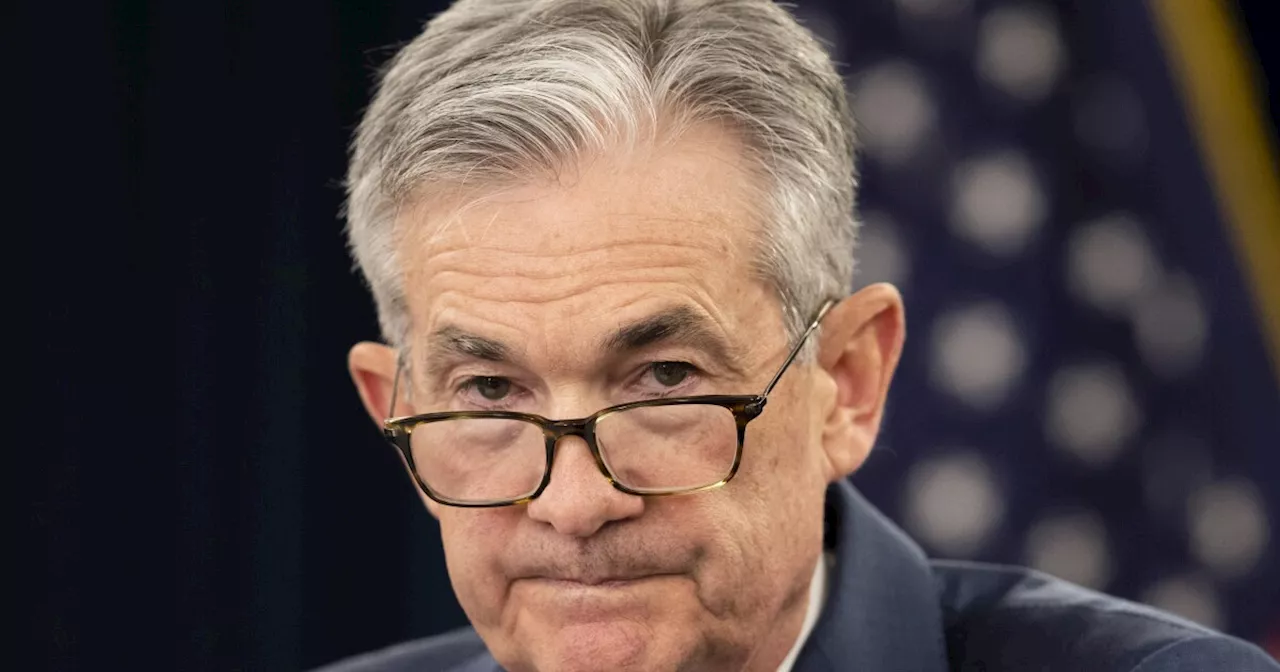 Federal Reserve Holds Interest Rates Steady Amid Inflation ConcernsDespite pressure from the Trump administration, the Federal Reserve has decided to keep interest rates unchanged. The decision comes as concerns linger about inflation and the strength of the job market. While inflation has stabilized below 3%, recent increases in the consumer price index have prompted the Federal Reserve to pause further rate cuts. The central bank remains focused on balancing the need to control inflation with the goal of maintaining a healthy labor market.
Federal Reserve Holds Interest Rates Steady Amid Inflation ConcernsDespite pressure from the Trump administration, the Federal Reserve has decided to keep interest rates unchanged. The decision comes as concerns linger about inflation and the strength of the job market. While inflation has stabilized below 3%, recent increases in the consumer price index have prompted the Federal Reserve to pause further rate cuts. The central bank remains focused on balancing the need to control inflation with the goal of maintaining a healthy labor market.
Read more »
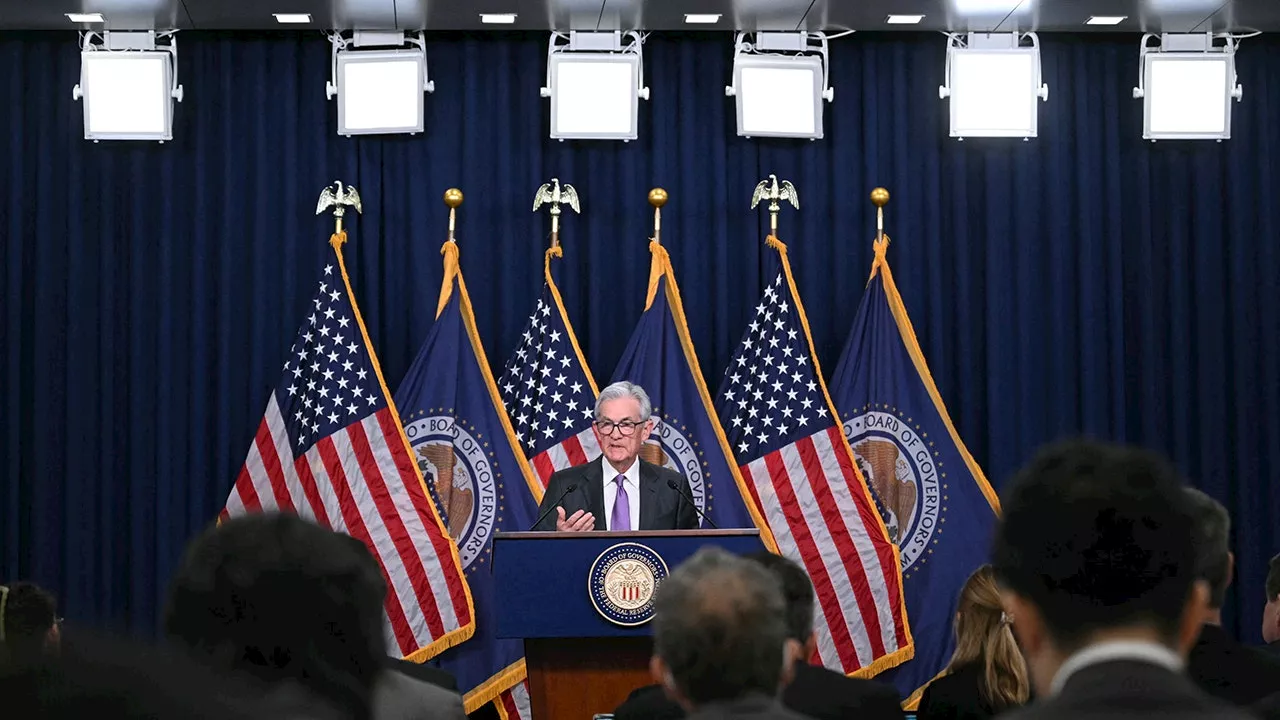 Federal Reserve holds interest rates steady amid inflation uncertaintyThe Federal Reserve held interest rates steady at its January meeting following three consecutive rate cuts amid uncertainty over inflation and economic conditions.
Federal Reserve holds interest rates steady amid inflation uncertaintyThe Federal Reserve held interest rates steady at its January meeting following three consecutive rate cuts amid uncertainty over inflation and economic conditions.
Read more »
